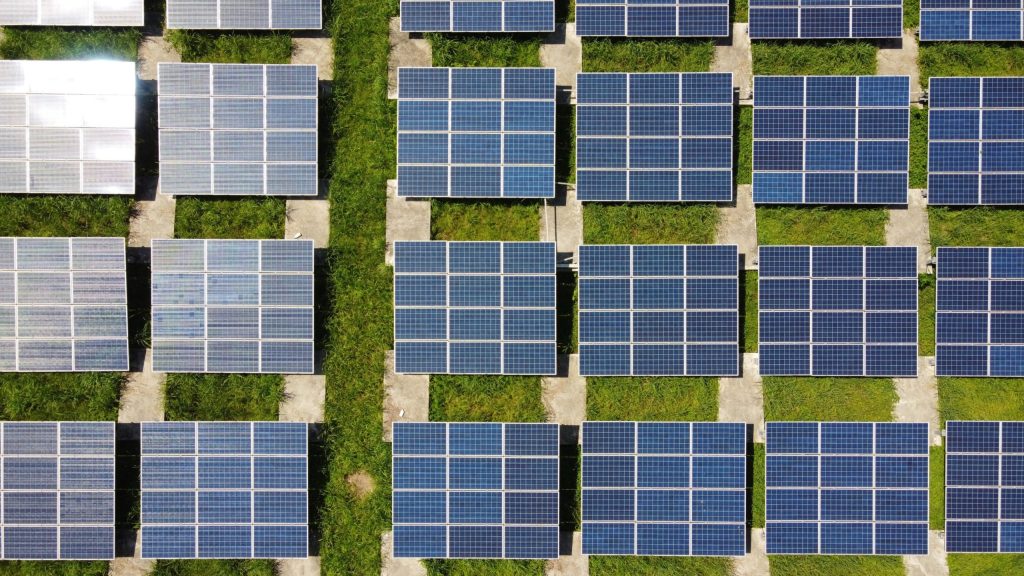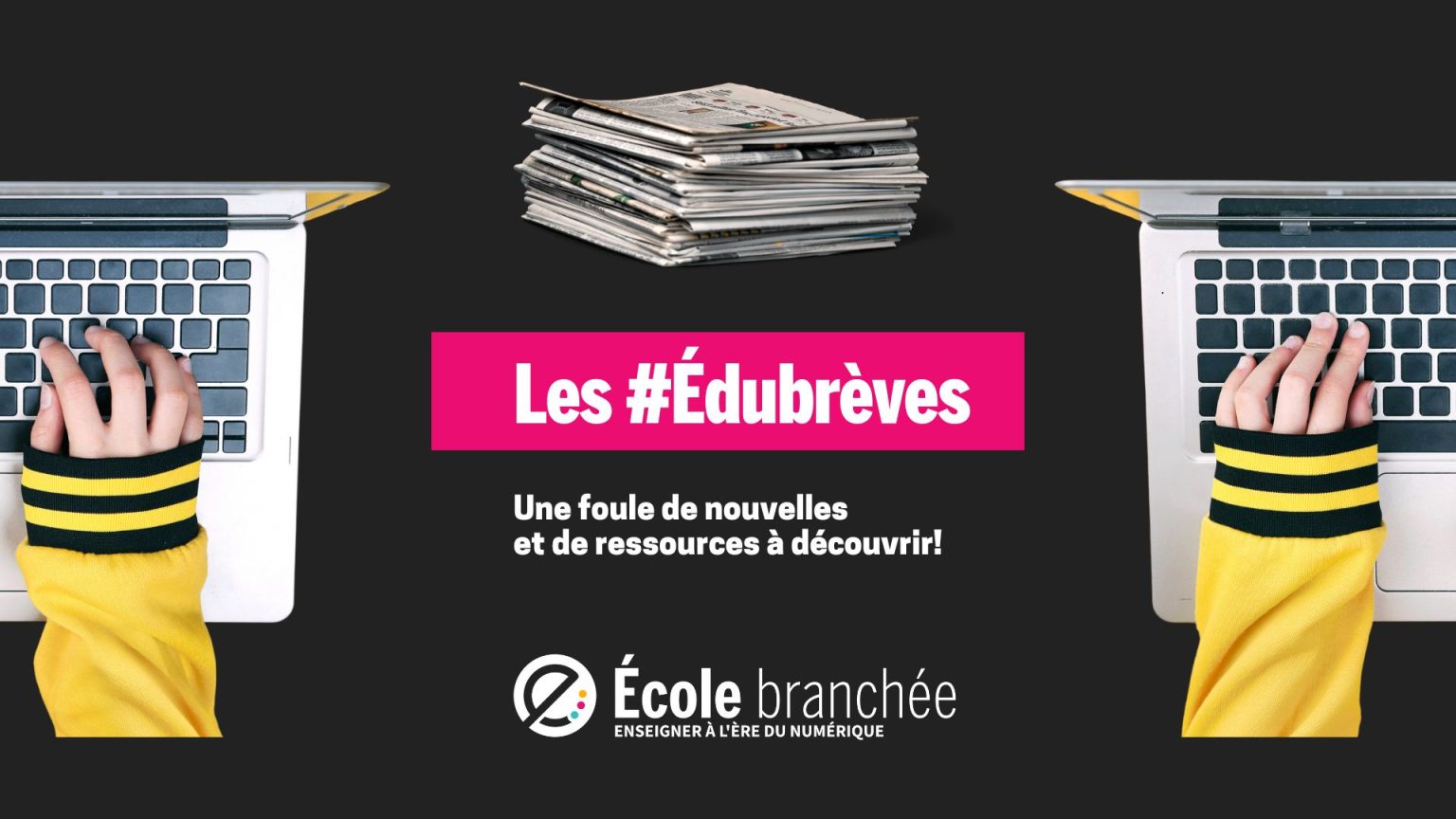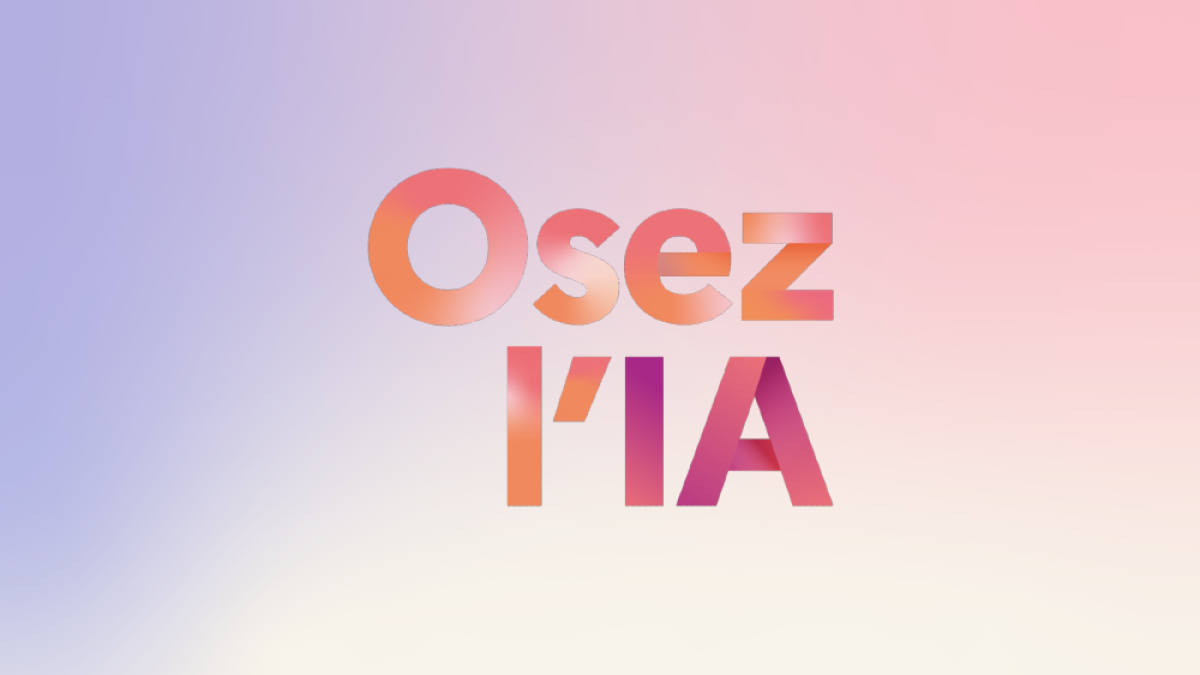Il fut une époque où l’on pensait que passer au tout numérique, au détriment du papier, était la meilleure façon de protéger l’environnement. Depuis, des constats ont été faits; les usages du numérique ont aussi un impact environnemental. Désormais, on entend de plus en plus parler de sobriété numérique et de numérique durable. Un nouveau terme est aussi apparu plus récemment : le numérique responsable. Est-ce que tous ces termes veulent dire la même chose? Non, et on vous en dit plus!
Sobriété numérique
Selon la définition officielle de Wikipédia, la sobriété numérique est une démarche qui vise à réduire l’impact environnemental du numérique en limitant ses usages.
Concrètement, cela peut vouloir dire :
- prolonger la durée de vie de ses appareils électroniques et numériques,
- favoriser la réutilisation d’appareils usagés ou leur réparation,
- réduire le nombre de fenêtres ouvertes dans son navigateur Web (méchant défi!),
- placer les appareils en veille (et les éteindre plus régulièrement),
- réduire le nombre d’écrans utilisés (pas facile en enseignement à distance!),
- limiter le recours à l’infonuagique pour de l’archivage personnel en préférant l’enregistrement sur son ordinateur ou un disque dur externe,
- télécharger un film sur son appareil électronique plutôt que de l’écouter en diffusion en continu (streaming),
- gérer ses fichiers numériques de façon à ne pas avoir plusieurs copies d’un même fichier sur ses appareils.
Numérique durable
Si la sobriété numérique fait plutôt référence à l’attitude que l’on adopte par rapport aux usages du numérique au quotidien, le numérique durable englobe une série de concepts plus large.
Toujours sur Wikipédia, on peut lire que l’informatique durable fait aussi référence à l’informatique verte, aussi appelée éco-TIC (traduction officielle pour green IT). L’expression concerne un ensemble de techniques visant à réduire l’empreinte sociale, économique et environnementale du numérique.
Le numérique durable comprend donc :
- les gestes de sobriété numérique : combattre l’obsolescence programmée, viser l’économie circulaire par la réutilisation et la récupération des appareils;
- l’écoconception de produits et services numériques : utiliser le moins de code possible lors de la programmation de nouvelles applications;
- la réduction de la consommation d’énergie : privilégier le texte aux vidéos, réduire la résolution des images, etc.
Numérique responsable
Au-delà des enjeux environnementaux et matériels, les enjeux d’accessibilité et d’inclusion sont de plus en plus présents dans les discussions autour des usages du numérique. Le numérique responsable prend bien sûr en compte les éléments du numérique durable, mais il considère davantage les utilisateurs. Dans ce cas, on vise des usages qui favorisent la diversité, l’équité et l’inclusion.
Rémy Marrone est directeur de projets à l’Institut du numérique responsable. Lors d’une conférence présentée pendant la plus récente Connected Week, en France, il a soutenu qu’il faudrait désormais penser le numérique, et plus particulièrement le Web, comme quelque chose d’Utile, qui peut être Utilisé et qui est effectivement Utilisable pour le plus grand nombre.
Ainsi, il convient entre autres de se rappeler que :
- les outils d’aide technologiques préfèrent le texte aux images et aux vidéos (avez-vous vraiment besoin de tourner une vidéo? Un texte ferait-il l’affaire? Si non, prévoir aussi du texte et penser aux textes alternatifs sur les images.);
- le déploiement d’Internet à haute vitesse n’est pas complété partout et ce n’est pas tout le monde qui a un appareil électronique dernier cri (retour au point précédent : cette vidéo est-elle vraiment nécessaire? Penser aussi à la résolution des images et à la taille des fichiers envoyés. De même, cette vidéoconférence est-elle vraiment nécessaire? Parfois, un courriel ou un appel téléphonique suffit);
- la représentation des femmes dans les métiers du numérique est encore trop basse (penser à des activités pour engager les filles lorsque vous montrez des images d’utilisateurs d’appareils électroniques, assurez-vous que celles-ci ne sont pas trop stéréotypées, cet assistant vocal a-t-il vraiment besoin d’avoir une voix féminine qui rappelle le rôle de domestique?);
- uniquement les données ou renseignements personnels utiles et nécessaires au service des utilisateurs devraient être collectés, afin de limiter les risques en matière de vie privée et les impacts environnementaux liés à leur entreposage;
- l’utilisation de l’intelligence artificielle apportera de nombreux enjeux éthiques et il faudra demeurer vigilant en ce sens.
En complément, visitez le site Numérique responsable pour trouver 100 principes à adopter pour démarrer avec le numérique responsable et durable. Par lequel débuterez-vous?
À lire sur le site de l’École branchée :






